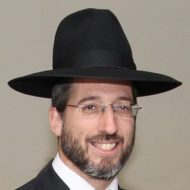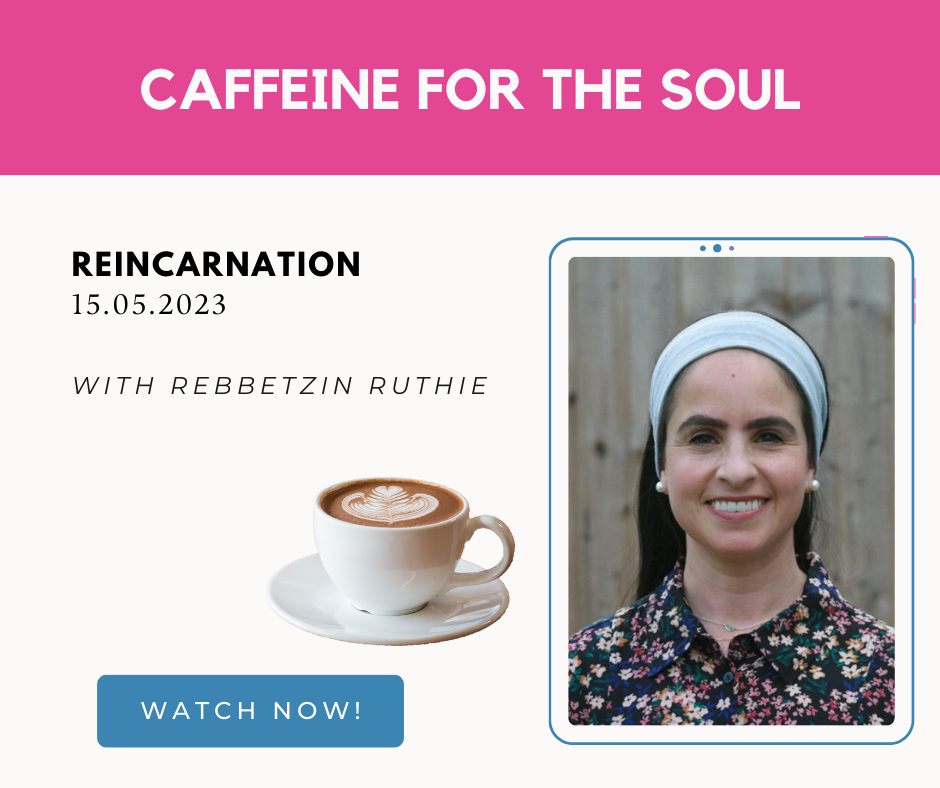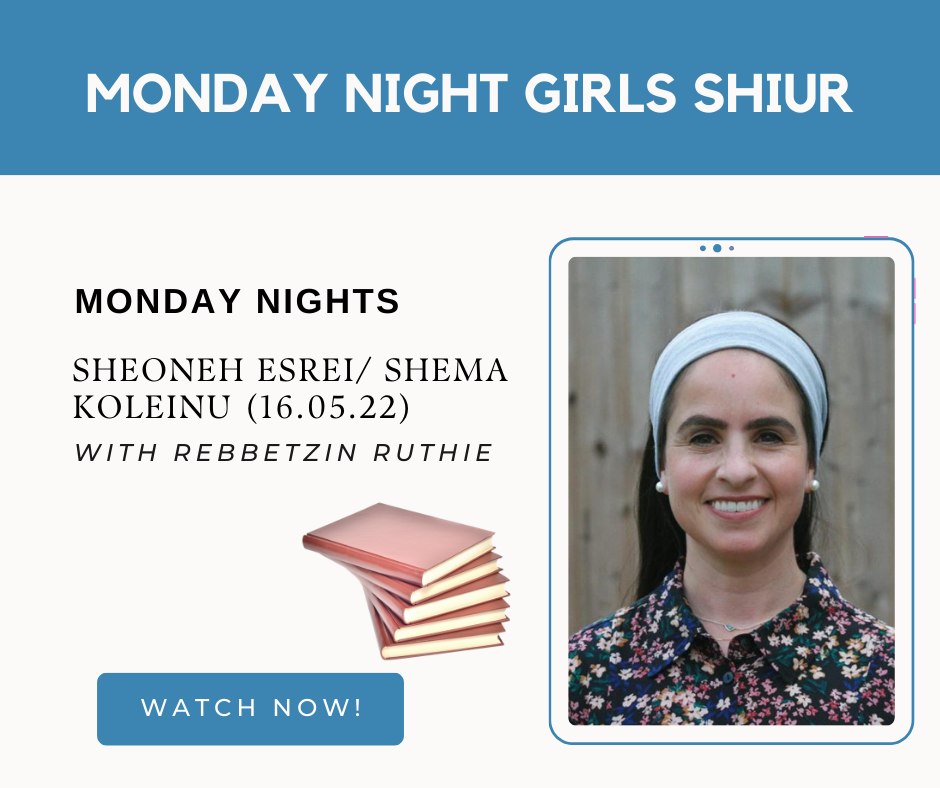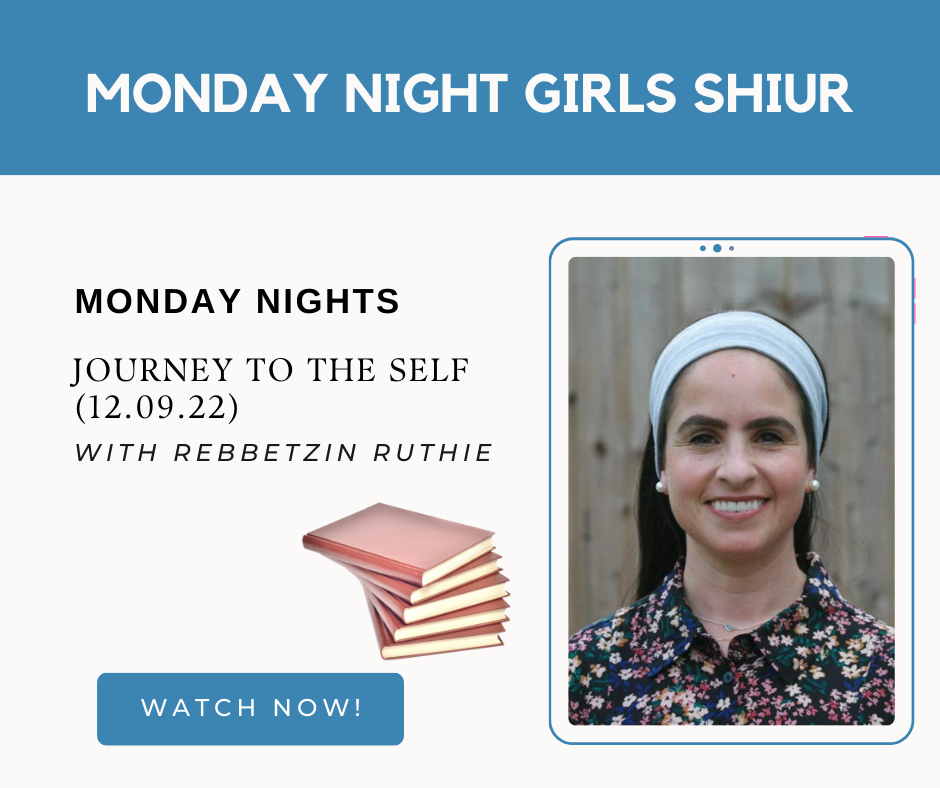
The Mishkan was an amazing edifice. It commanded awe, and Hashem’s presence dwelled amongst our nation.
Alas today we are without the Mishkan and without the Bet Hamikdash. Nevertheless our Sages have taught us that there are many hints throughout our Parasha as to how we can experience the Mishkan and its deeper effect, even in our generation.
Our Parasha deals with the final building of the Mishkan. After each item of the Mishkan was constructed the Torah repeatedly states that it was done “as G-d commanded Moshe”.
The Ba’alHaTurim (40:33) explains that this was a reward for Moshe. When the Jewish people had sinned at the Golden Calf, Moshe pleaded with Hashem for forgiveness. He went as far as to say to Hashem that if you do not wish to forgive them, then “please erase me from your book”. Out of reward for Moshe’s selflessness and heroic defence of our nation, Hashem in this week’s Parasha constantly repeats Moshe’s name.
The Ba’alHaTurim notes further that the phrase “as G-d commanded Moshe” appears eighteen times in this portion, corresponding to the eighteen blessings of the weekday Amidah. (The phrase, “as G-d commanded, so they did” appears once and corresponds to the additional nineteenth blessing against heretics.)
How are these three ideas – Moshe’s pleading, the Amidah, and the construction of the Mishkan – related?
The GemaraBerachot (28b) asks – what do the eighteen blessings of the Amidahh correspond to? Several answers are given: Rabbi Hillel son of Rabbi Shmuel says they correspond to the eighteen times G-d’s name is mentioned in Havu LaHashemB’neiEilim (Tehilim 29). RavYosef says that they are in place of the eighteen times G-d’s name is mentioned in the Shema and RavTanchum says in the name of Rabbi Yehoshua ben Levi that they correspond to the eighteen vertebrae in the spine.
The Shema portrays the basis of our faith in One G-d.
MizmorHavuLaHashem, portrays G-d’s Might.
Both mention Hashem’s Name 18 times, and we can understand why our Sages would wish us to replicate that in the 18 Berachot of the Amidah.
(We find a similar idea from the ChidushaiHaRim who states that there were 100 Adanim used as the foundation blocks of the Mishkan. He states that these hint to the 100 Berachot that a person should say every day. Just like the Adanim were the foundation of the Mishkan, so too our Brachot are the foundation of KedushatYisrael.
Aden is from the Lashon of Adnut or Master, which is the way we refer to Hashem’s name. Our one hundred daily Brachot serve as a reminder that Hashem is our Master. That they serve as the foundation of the Mishkan that each Jew builds for Hashem’sShechina in his heart.)
But what is the connection between the Amidah and the spine?
The Gemara hints at the answer to this with another statement of RavTanchum in the name of Rabbi Yehoshua ben Levi; one should bow during the Amidah to the extent that the vertebrae stick out. RavTanchum explains that the essence of the Amidah is subjugation to G-d’s will, evidenced through bowing.
This self-nullification in the presence of G-d is what Moshe did on Har Sinai. After the sin of the Calf, Moshe was prepared to sacrifice himself in order to save the nation. The Rashbam (32:32) explains that “erase me from Your book” refers to the book of life. Moshe was prepared to give up his role in this world and the next in order to save the nation. This is the ultimate in subjugation and humility. Moshe felt that he did not deserve any merit in his own right, but that his only value was as the leader of the people. Therefore if they were to be wiped out, he would forfeit his share of both worlds.
The construction of the Mishkan involved months of skilled and difficult work. Though everyone brought donations for the Mishkan, only a few people had the requisite skills to fashion the materials according to the Divine blueprints. Eventually, when Moshe assembled everything and the nation saw the beauty of the structure, with its gold silver and precious gems along with colourful woven tapestries, it would have been natural for those involved in the construction to take a certain satisfaction and pride in their work.
However, this would have negated everything that the Mishkan represented. How can a human being use their body, which is a gift from G-d, to fashion the materials which were created by G-d, according to a plan given by G-d – take any personal pride in their accomplishments?
This is similar to the statement in PirkeiAvot (2; 9), “If you have learnt much Torah, do not claim credit for yourself, since you were created for this very purpose”.
The Hebrew word for command – Tsavot, is similar to the word Tsevet – connected, for through the commandments we connect to Hashem.
The Torah repeats the phrase, “as G-d commanded Moshe” eighteen times, to show that the Mishkan was constructed with the same selflessness which Moshe embodied. The only purpose was to fulfil the will of G-d.
That intention, together with the enthusiasm to fulfil Hashem’s Will, enabled the Shechina to dwell amongst our people.
Similarly, in prayer, we show our faith in Hashem (similar to Shema), our belief in His Might (similar to MizmorHavu) and our commitment to serving Him, selflessly as Moshe did.
Today we might not have the Mishkan or Bet Hamikdash, but Hashem has promised us BecholMakom – in any place that we mention His Name, He will come and bless us. When we pray with the right intention, in the right manner, the Shechina will dwell with us.







